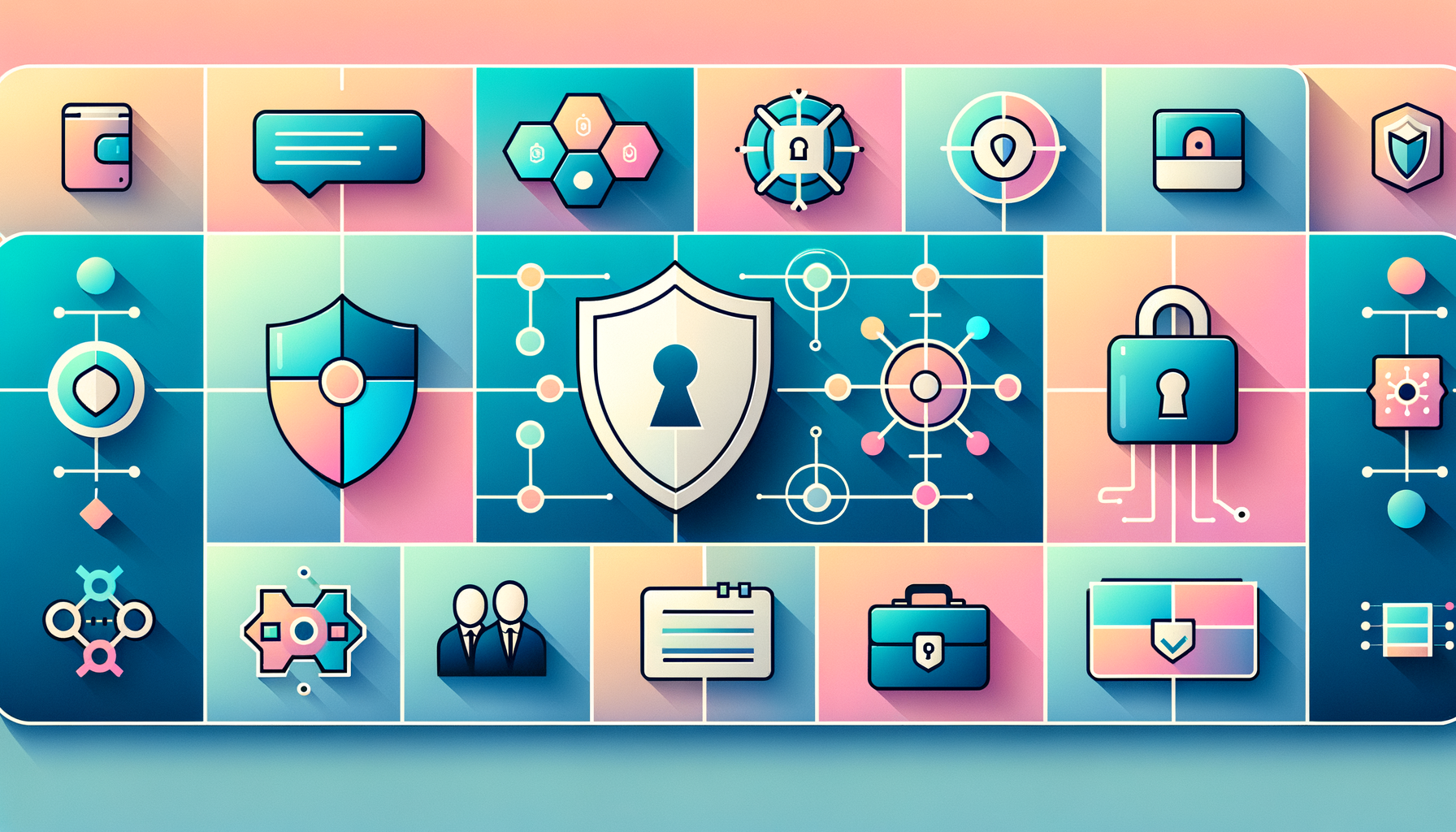
Ensuring Client Site Security: A Comprehensive Guide for WordPress Agencies
Managing multiple WordPress sites for clients can be a complex task, especially when it comes to ensuring the security of these sites. At Belov Digital Agency, we understand the importance of protecting client sites from various cyber threats. Here’s a detailed guide on the best practices to secure your WordPress sites.
The Importance of Updates and Maintenance
Keeping your WordPress core, plugins, and themes updated is crucial for maintaining site security. Outdated software is a common entry point for hackers, as vulnerabilities in older versions can be exploited easily.
- Regular Updates: Ensure that all components of your WordPress site, including the core, plugins, and themes, are updated regularly. Automated updates can be enabled for most components, but it’s advisable to manually test core updates before applying them.
- Backup Before Updates: Always back up your site before updating any component to ensure you can restore your site if something goes wrong.
Strong Passwords and User Authentication
Using strong, unique passwords and implementing robust user authentication measures are essential for securing your WordPress sites.
- Strong Passwords: Use a combination of uppercase and lowercase letters, numbers, and special characters. Tools like password managers can help generate and store complex passwords.
- Two-Factor Authentication (2FA): Enable 2FA to add an extra layer of security. This can be done using plugins like Google Authenticator or Jetpack Security.
- Unique Usernames: Avoid using the default ‘admin’ username and ensure each user has a unique and secure username.
Secure Hosting and Server-Level Security
The hosting provider you choose can significantly impact the security of your WordPress site.
- Reputable Hosting Providers: Opt for hosting providers like Kinsta, Hostinger, or SiteGround, which prioritize data security and offer features such as firewalls, DDoS protection, and regular backups.
- Web Application Firewall (WAF): Use a WAF to filter traffic and block malicious requests. Services like Cloudflare or Sucuri offer robust WAF solutions.
Access Control and User Permissions
Proper access control and user permissions can prevent unauthorized access to your site.
- User Roles: Assign roles carefully, ensuring that each user has only the necessary permissions. For example, editors should not have administrative privileges unless absolutely necessary.
- IP Allowlisting: Restrict access to the WordPress administrative area to only trusted IP addresses. This can help prevent unauthorized access and reduce the risk of brute-force attacks.
Security Plugins and Tools
Security plugins can provide a comprehensive set of tools to protect your WordPress site.
- Comprehensive Security Plugins: Use plugins like Sucuri Security, Wordfence Security, or Jetpack Security, which offer features such as malware scanning, login attempt monitoring, and web application firewalls.
- File Integrity Monitoring: These plugins can monitor file changes and alert you to any suspicious activity, helping you detect and respond to potential security breaches quickly.
Data Encryption and Backup
Data encryption and regular backups are critical for protecting sensitive information.
- Data Encryption: Encrypt sensitive data to prevent unauthorized access. This can be done using SSL certificates and ensuring that all data transmitted between the server and users is encrypted.
- Regular Backups: Use plugins or hosting providers that offer automatic backup services. This ensures that you can restore your site quickly in case of a security breach or data loss.
Network Segmentation and Advanced Security Measures
For enterprise-level security, consider implementing more advanced measures.
- Network Segmentation: Divide your network into smaller segments to limit the impact of a security breach. This can be done using web application firewalls and other network segmentation tools.
- Single Sign-On (SSO) and Multi-Factor Authentication (MFA): Implement SSO and MFA to enhance user authentication security. These solutions make it more difficult for unauthorized users to gain access to your site.
Real-World Examples and Case Studies
Case Study: WPBeginner’s Security Measures
WPBeginner, a well-known WordPress resource site, has shared their approach to WordPress security. They use a combination of Sucuri Security and Cloudflare to protect their site from malicious traffic and ensure robust security measures are in place. For instance, they mention that Sucuri helped block 450,000 WordPress attacks in a single month, highlighting the effectiveness of using a comprehensive security plugin and a web application firewall.
Conclusion and Next Steps
Securing a WordPress site is an ongoing process that requires regular updates, strong passwords, secure hosting, and the use of robust security plugins. Here are some key takeaways:
- Keep Everything Updated: Regularly update your WordPress core, plugins, and themes.
- Use Strong Passwords and 2FA: Implement strong passwords and two-factor authentication.
- Choose Secure Hosting: Opt for reputable hosting providers that prioritize security.
- Install Security Plugins: Use comprehensive security plugins like Sucuri or Wordfence.
- Implement Access Control: Assign user roles carefully and restrict access to trusted IP addresses.
By following these best practices, you can significantly enhance the security of your client sites and protect them from various cyber threats.
If you need further assistance or have specific security concerns, feel free to Contact Us at Belov Digital Agency. We are here to help you ensure the highest level of security for your WordPress sites.













